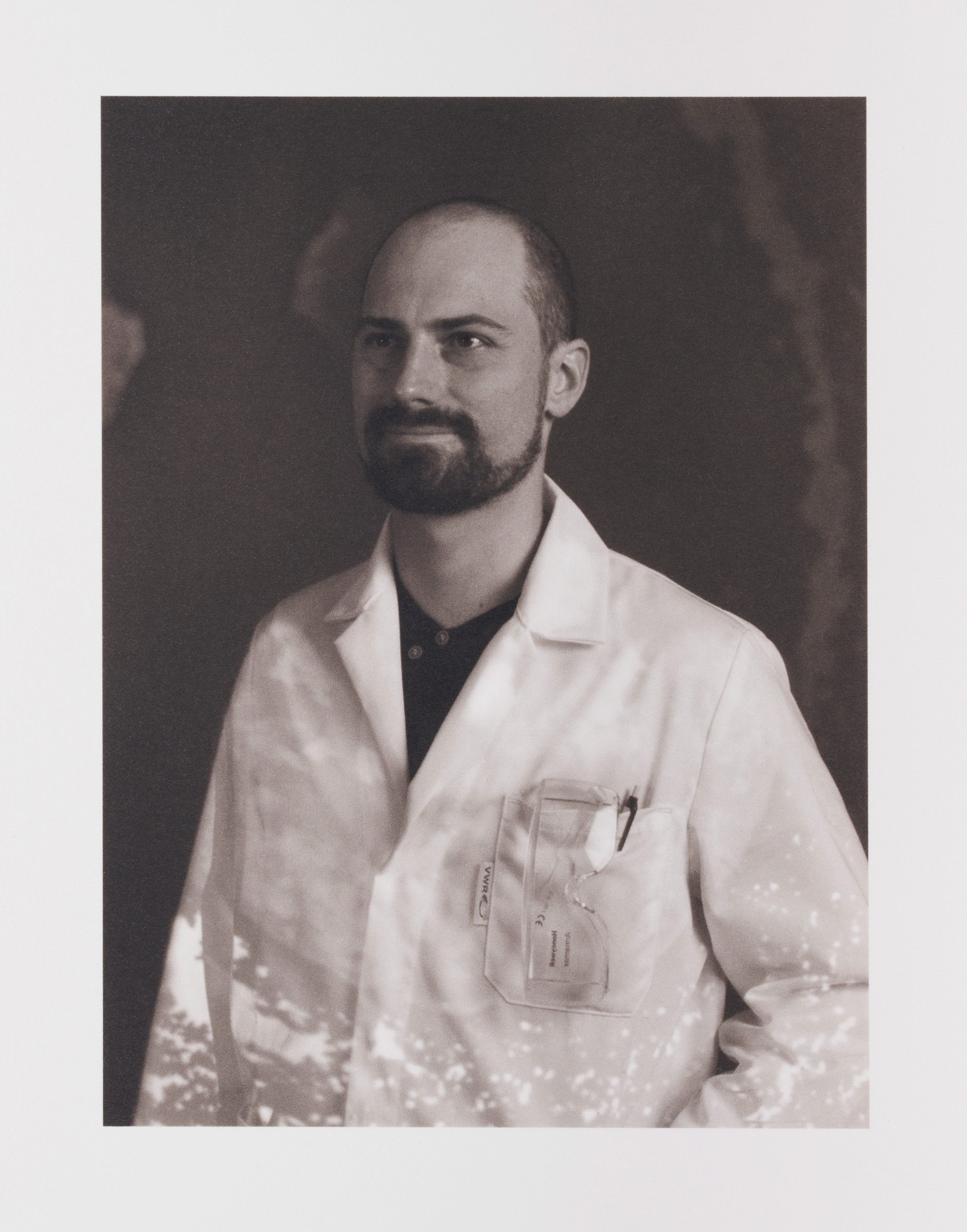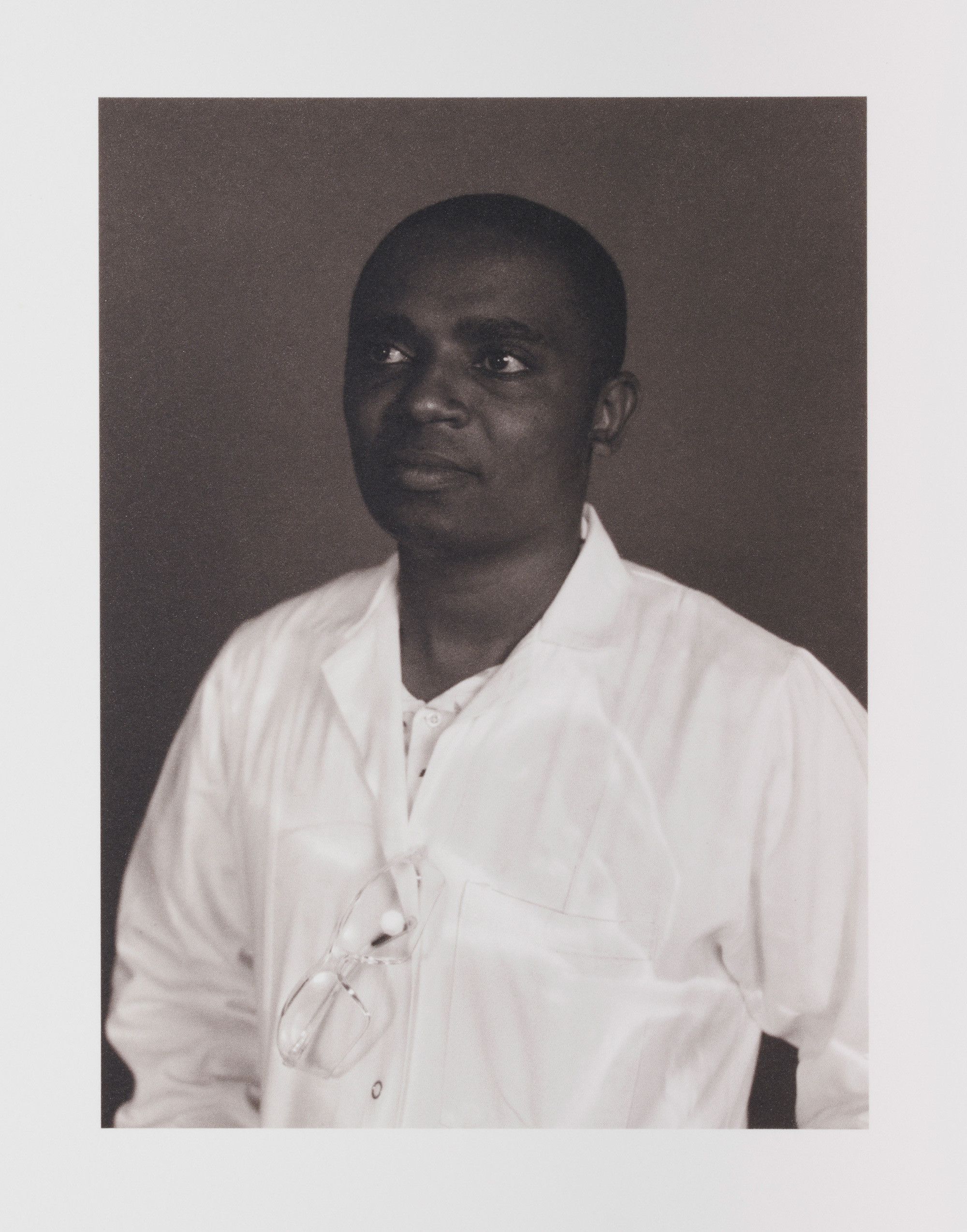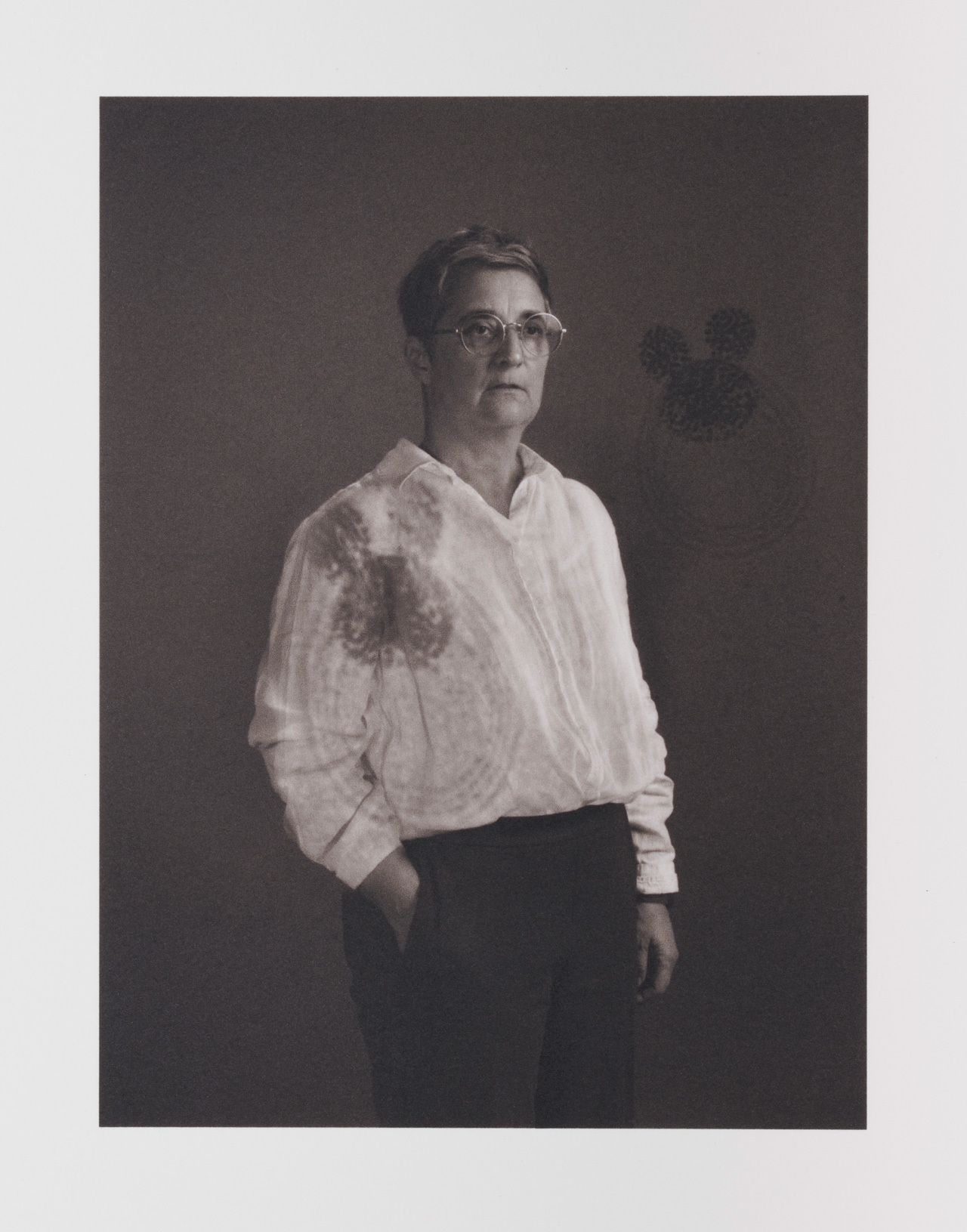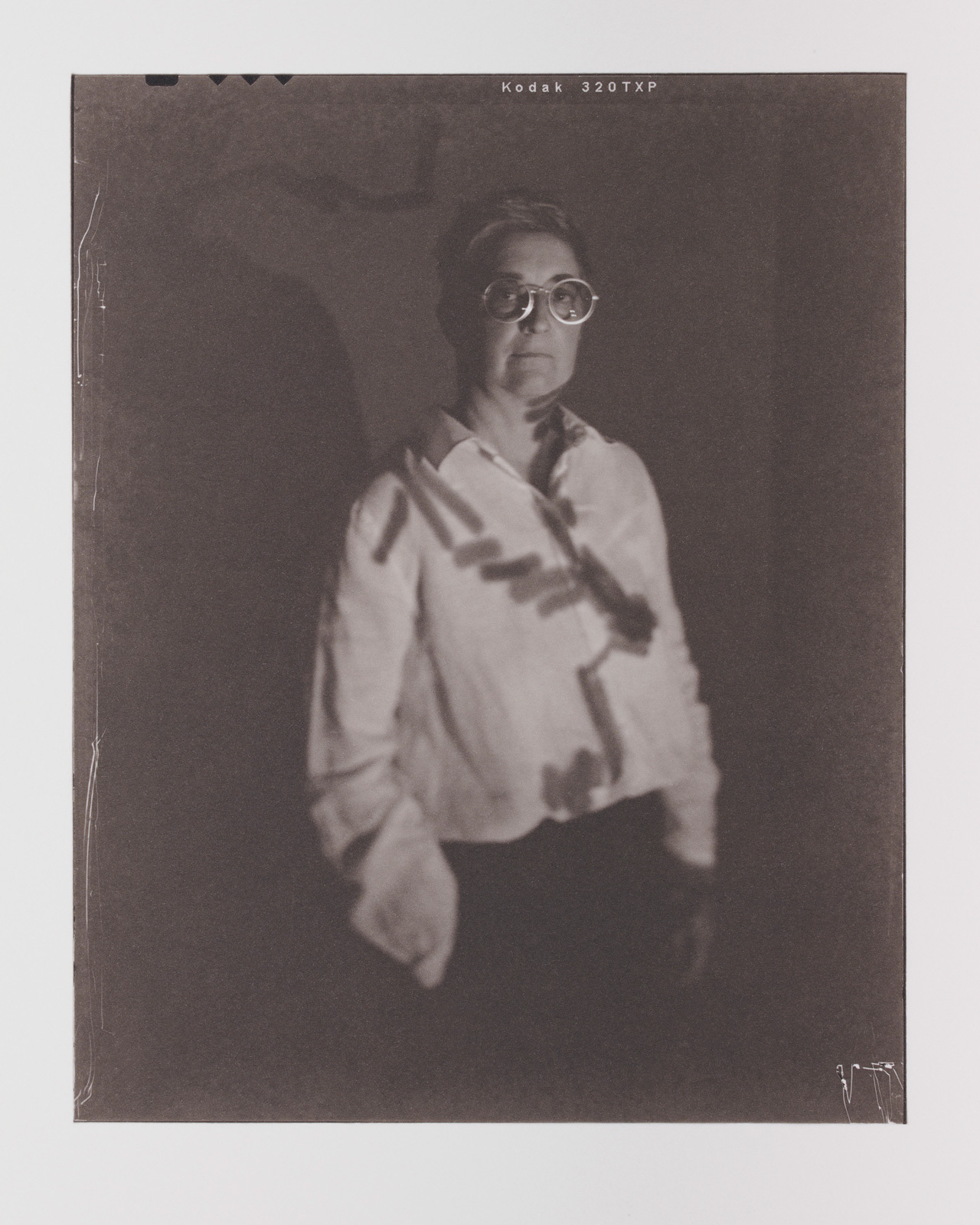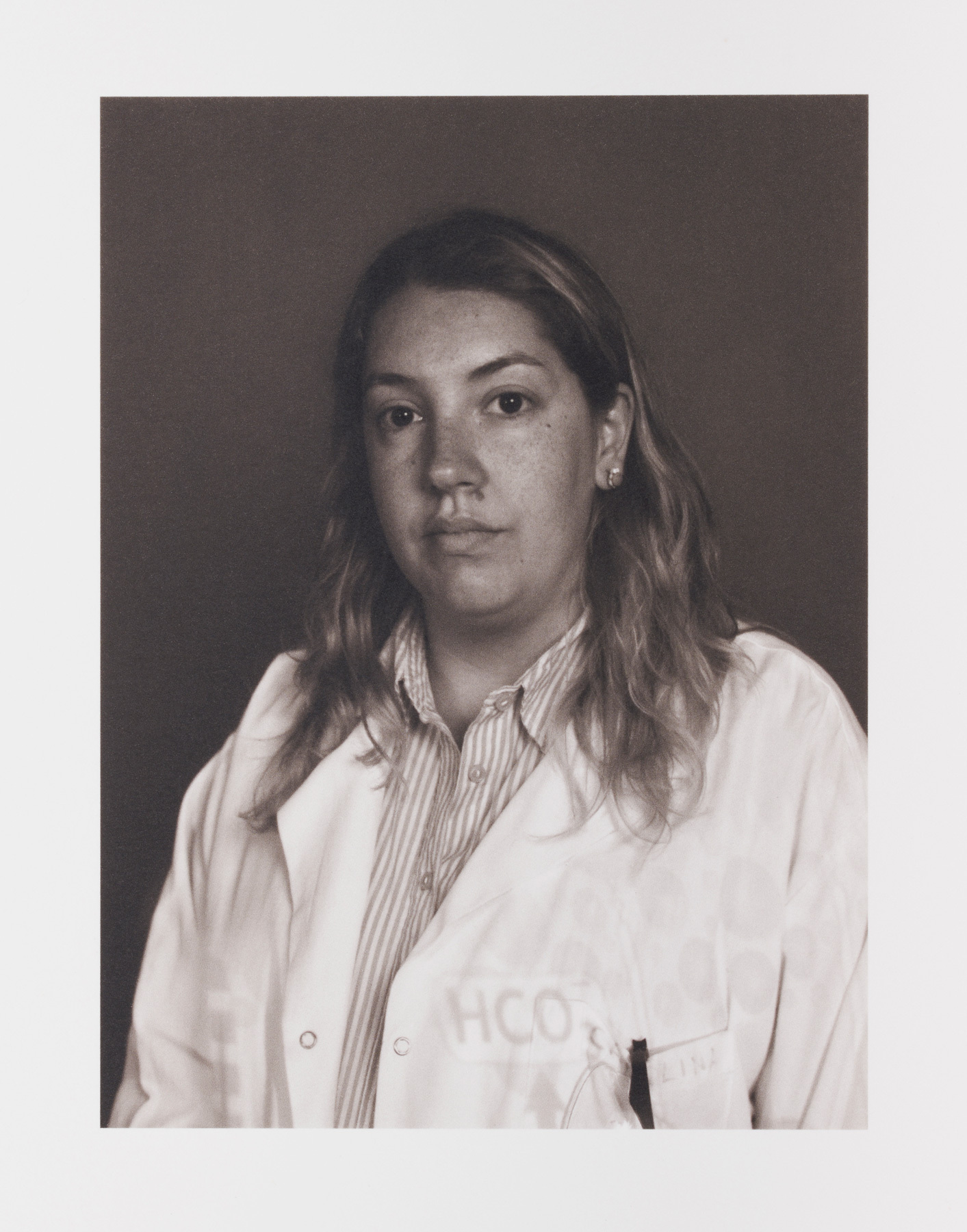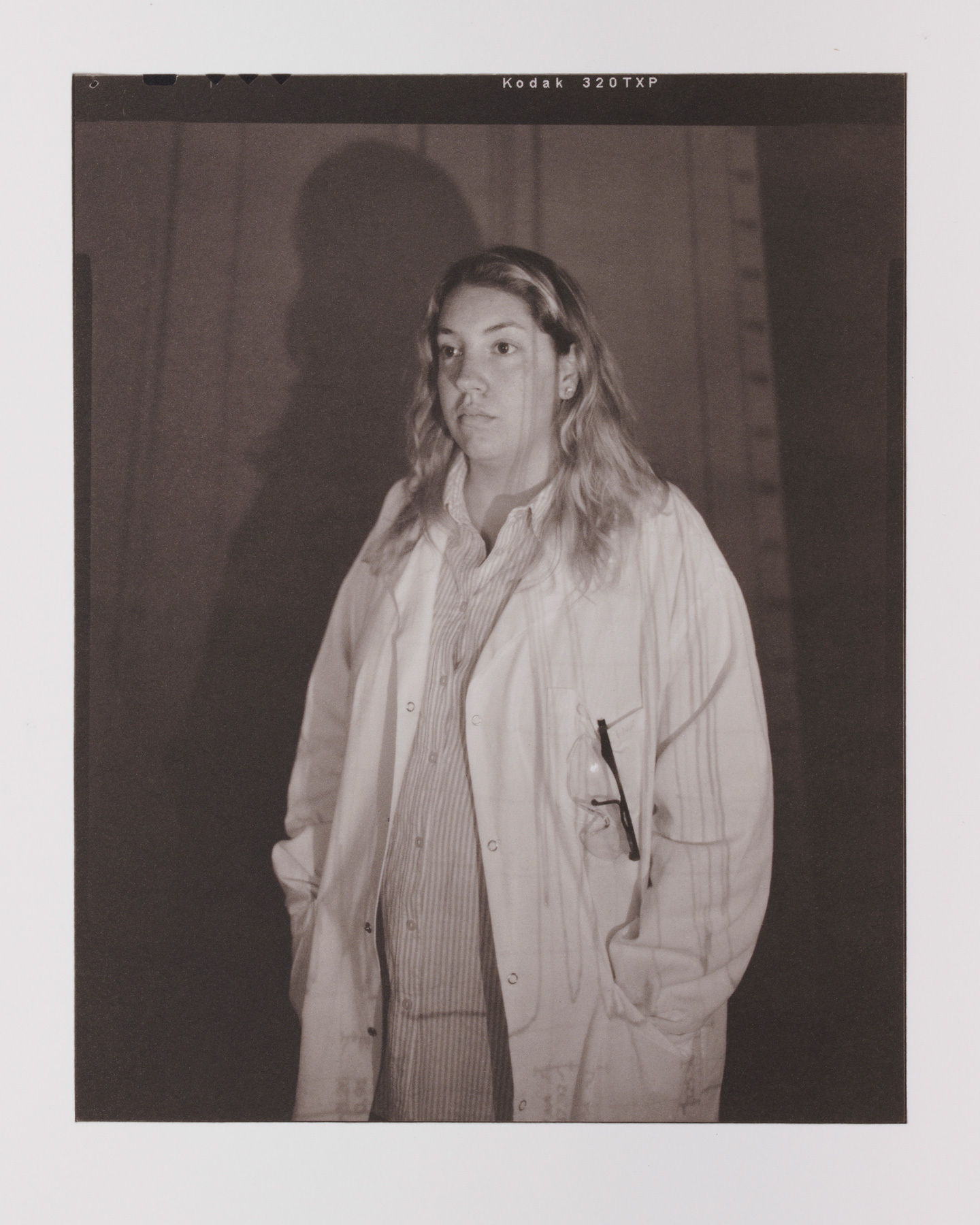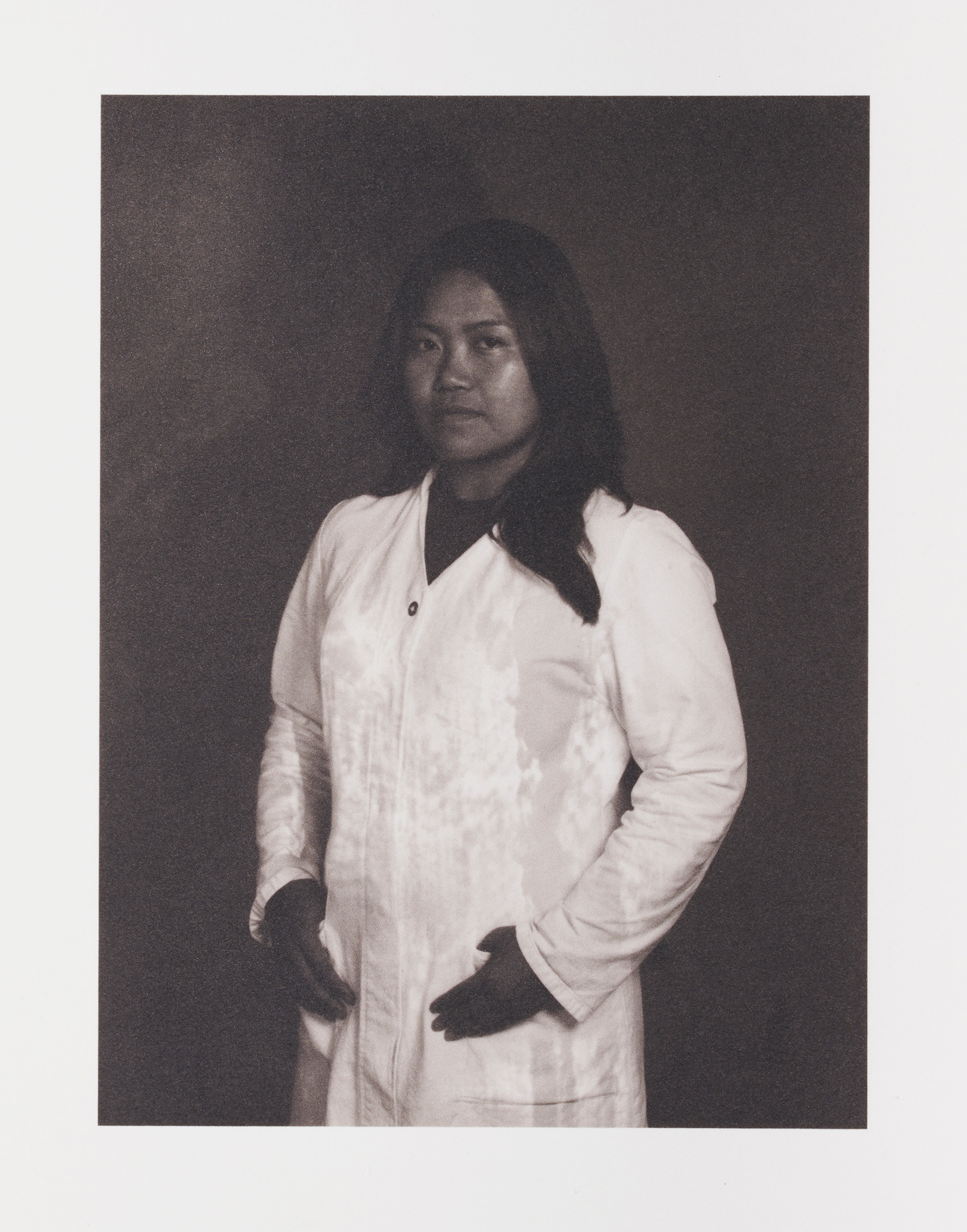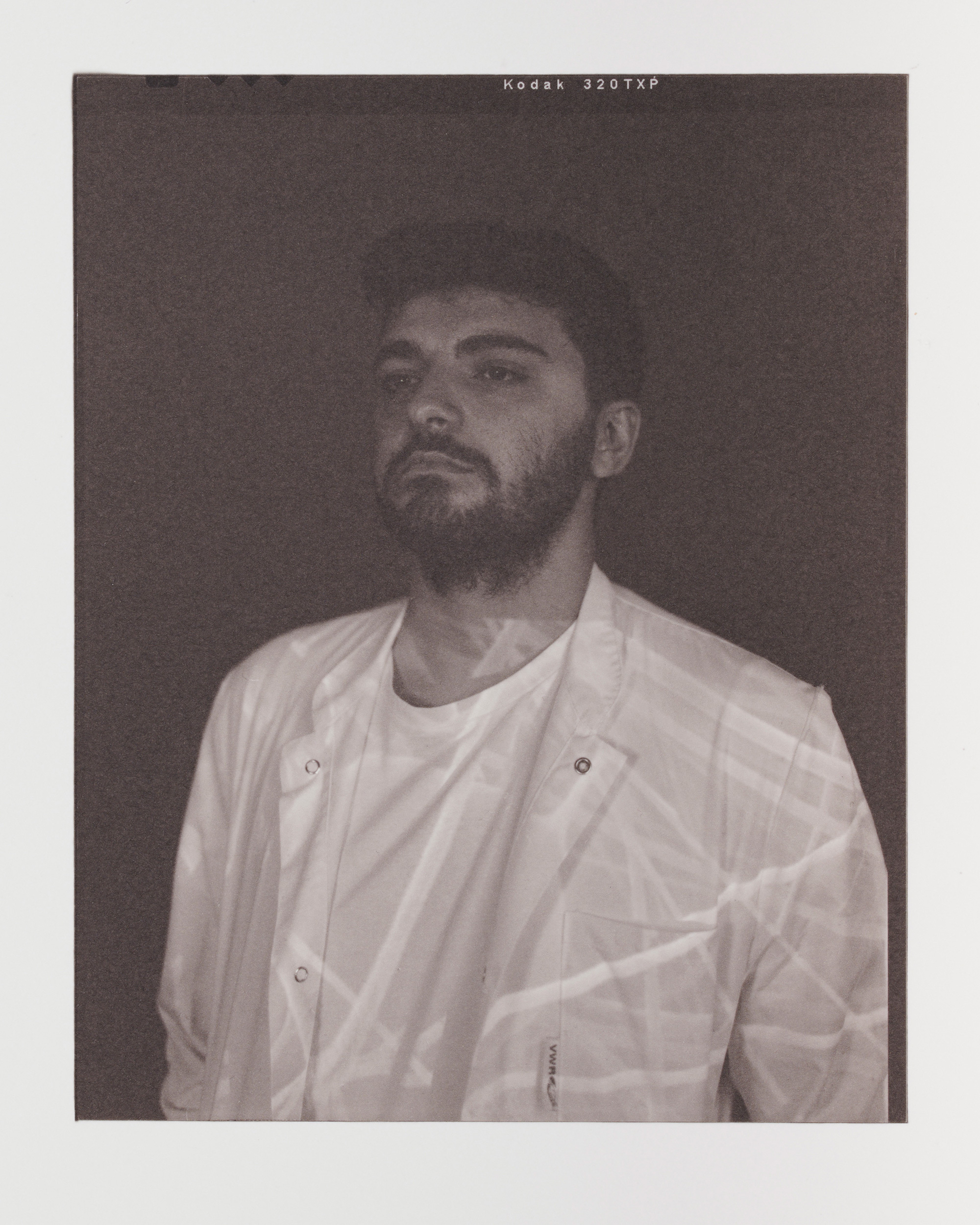high-tech plus alternative process
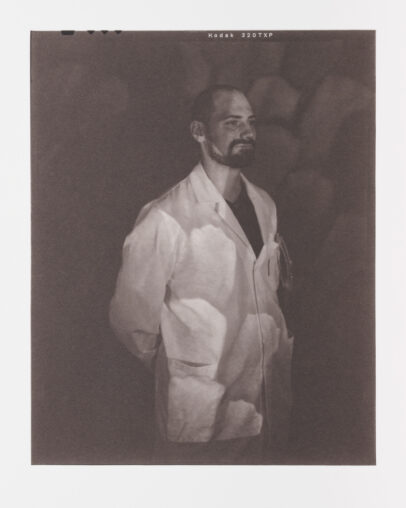
René Iseli, PhD Student, Soft Matter Physics

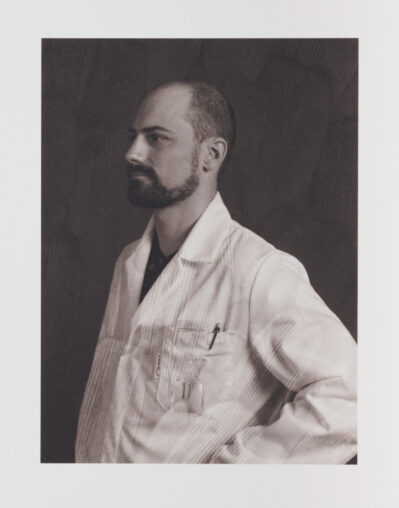

Roman Fortunatus, PhD Student, BioNanomaterials
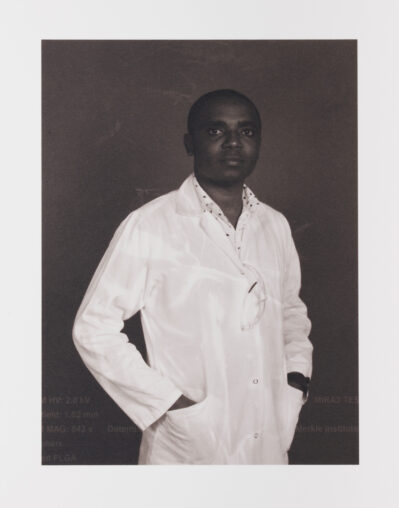
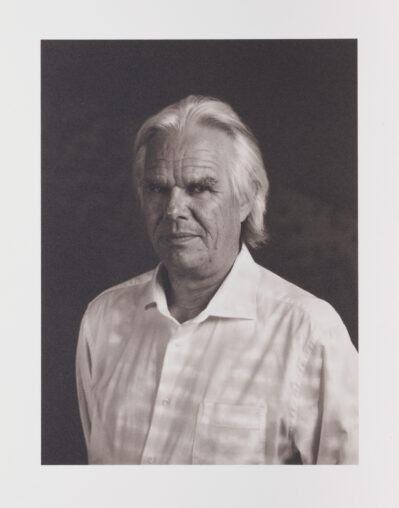
Professor Ullrich Steiner, Soft Matter Physics
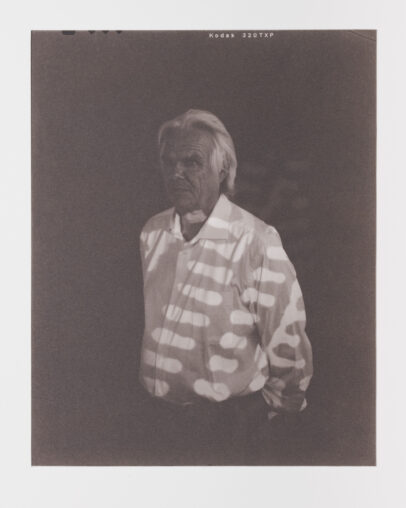

Professor Alke Fink, BioNanomaterials

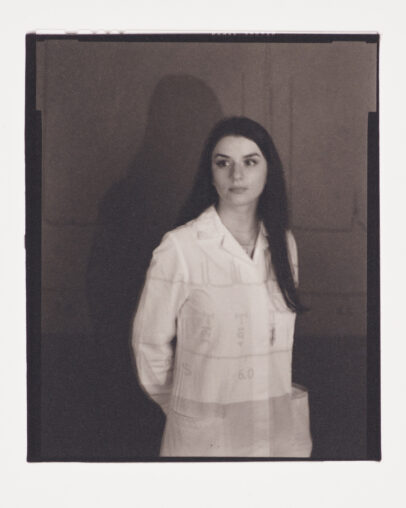
Iulia Scarlat, PhD Student, Polymer Chemistry & Materials

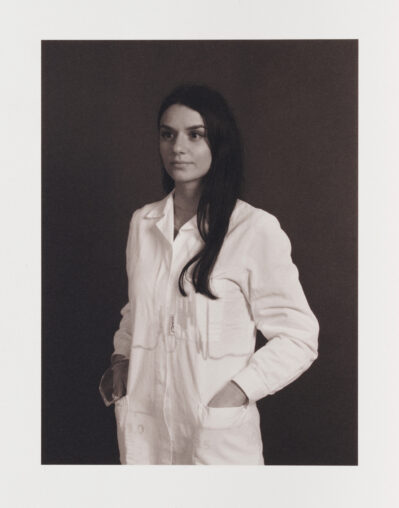


Carolina Pierucci, PhD student, BioPhysics

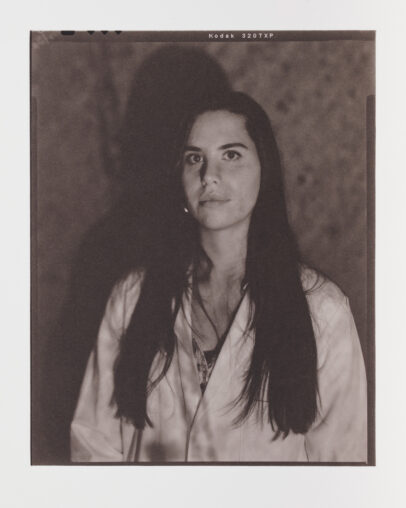
Ilaria Onori, PhD Student, Polymer Chemistry & Materials
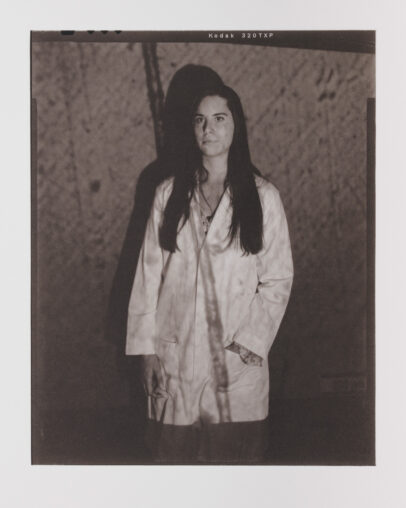
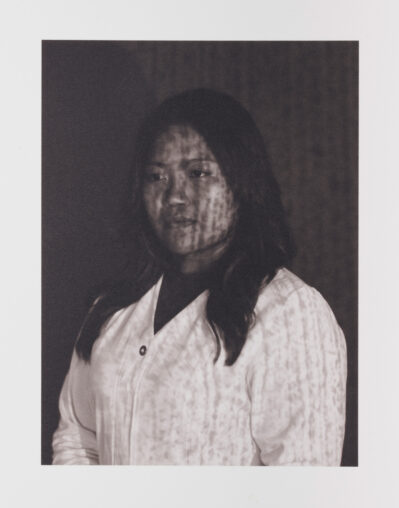
Chaninya Mak-iad, PhD student, Polymer Chemistry & Materials

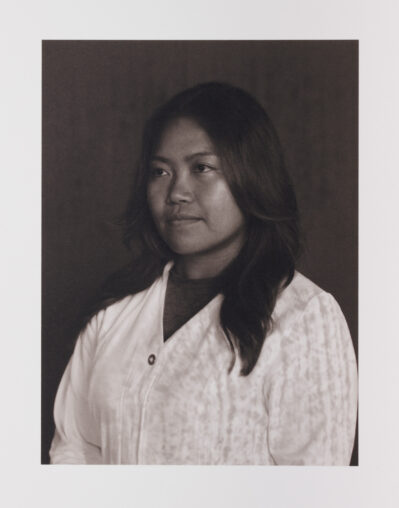
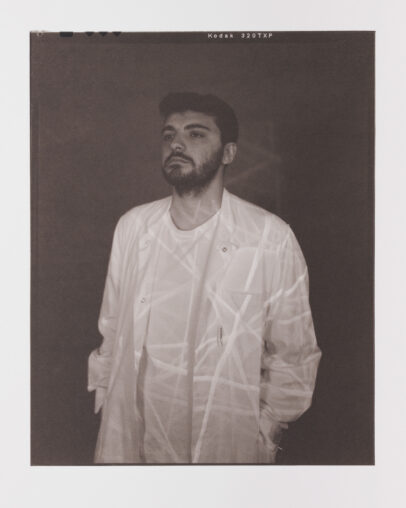
Luca Grillo, PhD Student, Polymer Chemistry & Materials

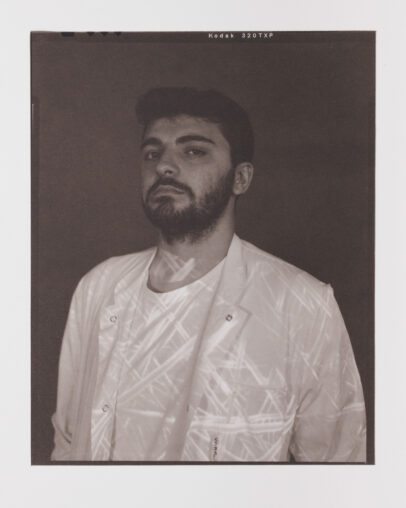

Dr. Pau Molet Bachs, Postdoctoral researcher, BioPhysics
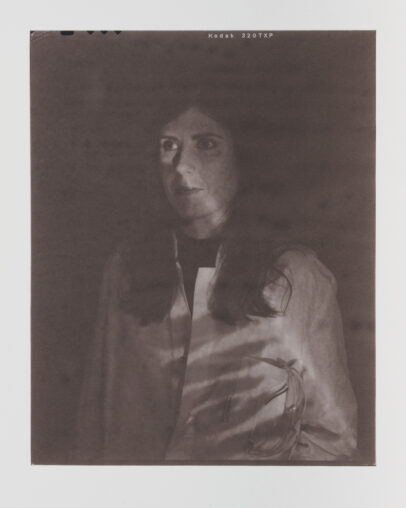
Prof. Jessica M. Clough, Mechanoresponsive Materials
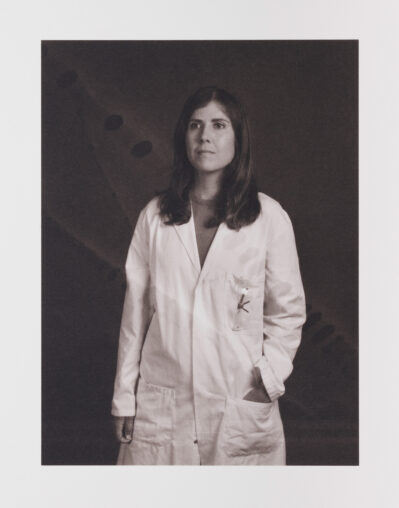
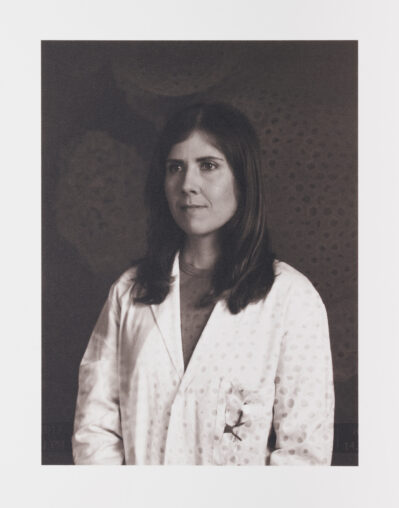
Painting with light: the darkroom of nature
— New photographic approaches
This project explores connections and synergies between
nanoscience and photography. The goal has been to shine light on the scientific process and the scientists themselves, as well as to explore new photographic approaches inspired by research at the Institute.
Prof. Jessica Clough and Claudia Christen
High-tech plus alternative process
The artist photographed the scientist and printed the images using an alternative process called
“platinum palladium printing.”
These portraits emphasize the subject’s work as well as who they are as a person.
By taking the portraits of the scientist and combining a layer of their work over not only highlights the integrity and value of their work but also shows who they are today. Using the historic printing technique creates a contrast between the high-tech lab work and the lower technology alternative process, i.e., a contrast with the nano and the real world. It represents the value of who they are as a person and scientist at the same time. This set becomes almost like an ancestral gallery, showing the importance of who they are and the high-tech work they are doing, thus representing today’s work of the future.
The artist thus aimed to capture the mood and expression of the scientists and show who they are as a person and what their works means to them. The prints are small and transmit a solemn mood of being precious. It conveys the idea of the importance of the scientist and his work. Similar to historical practices of painting one portrait at the time, this “slow” photographic approach focuses on one picture instead of an endless digital flow of images more typical of the contemporary moment.
The platinum palladium prints have a matte surface and offer a painterly feeling of the subjects and a tactile texture. First developed in the 19th century, the Platinum Palladium is a photographic printing process that produces prints with a warm, neutral tone and is known for its exceptional image quality, depth, and wide tonal range. It uses a mixture of platinum and palladium metals instead of the more traditional silver-based emulsion used in most photographic processes.
The process involves coating a sheet of paper with a solution containing a small amount of platinum and palladium salts which are then exposed to ultraviolet light (daylight) through a negative. The metals in the solution then react to the light and become embedded in the fibers of the paper, creating a permanent image that is resistant to fading and discoloration over time.
While the Platinum Palladium process can be time-consuming and labour-intensive, it is still used by photographers and fine art printers who value the unique aesthetic qualities of this historic photographic process.


Platinum-Palladium Prints, 2024



